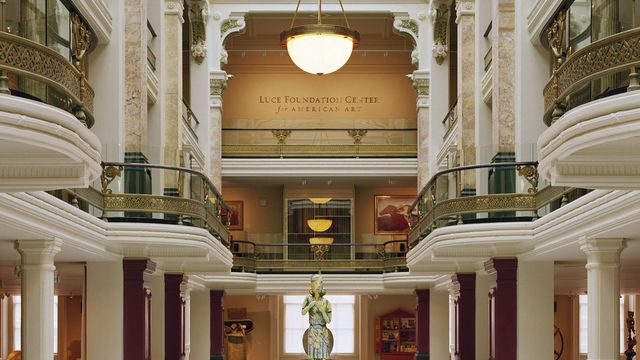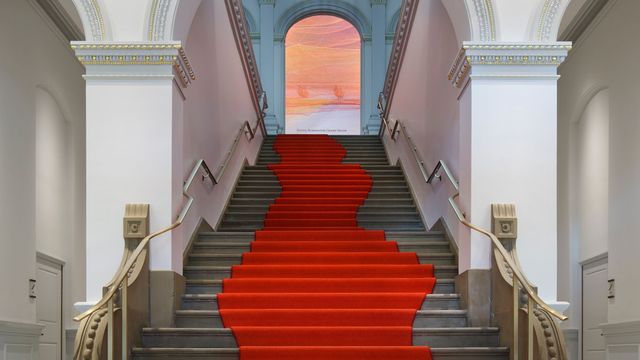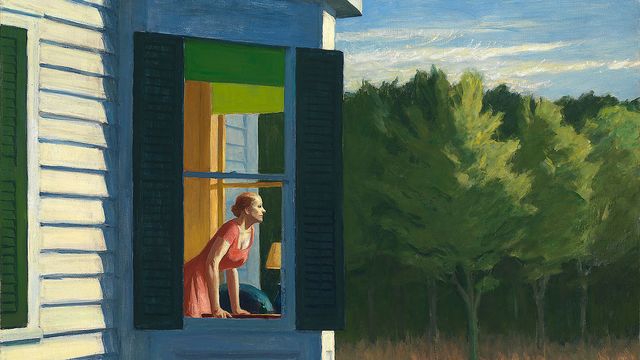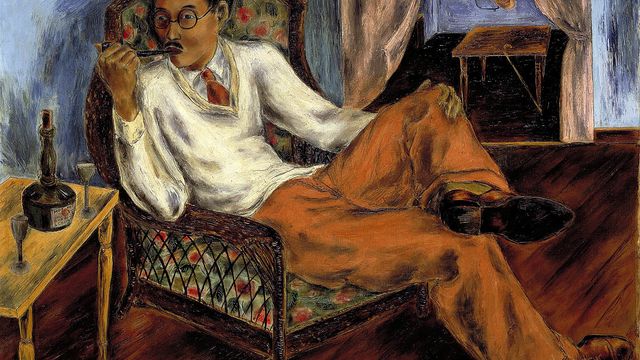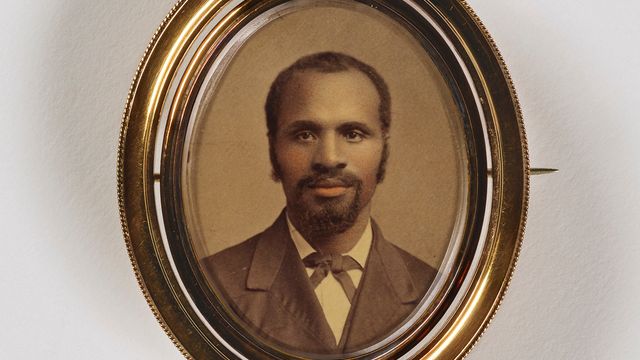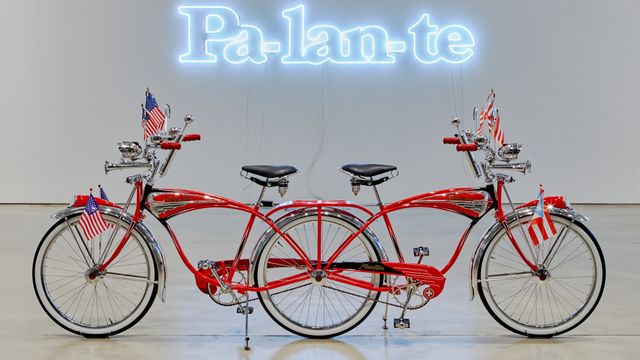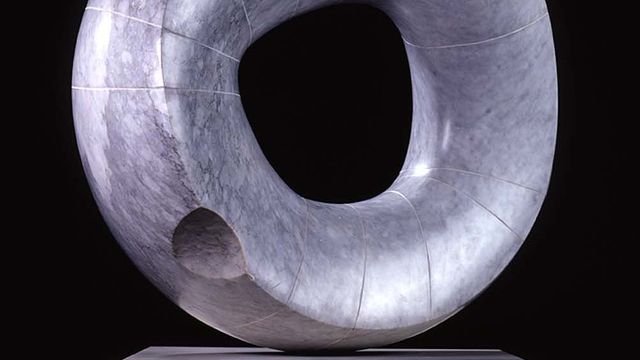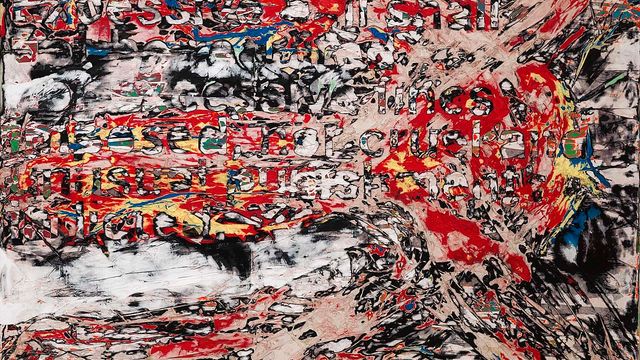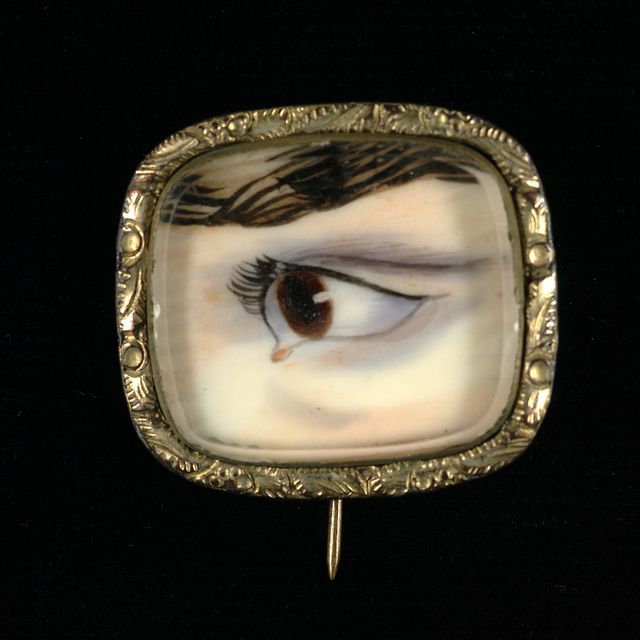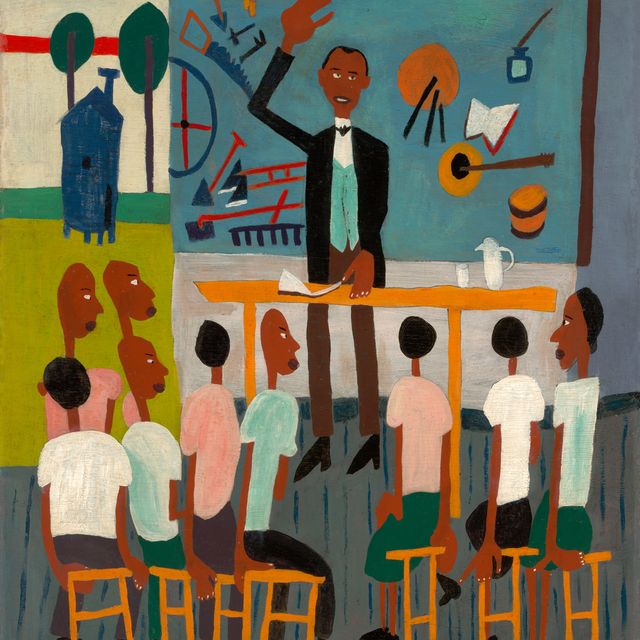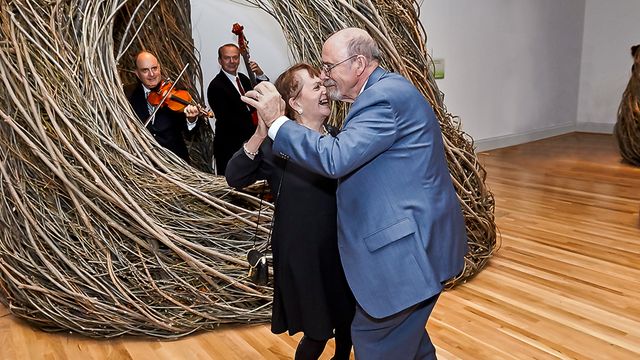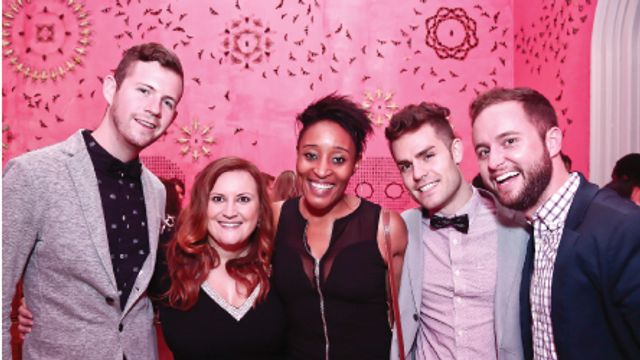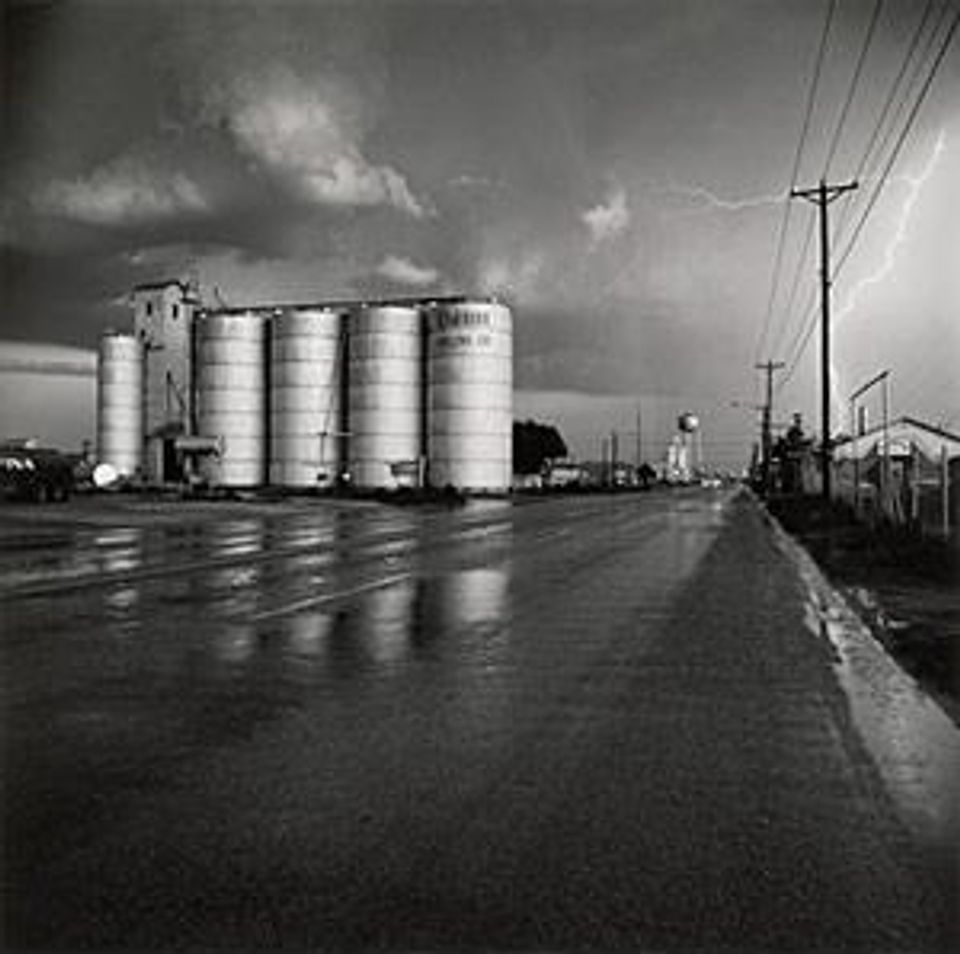Artist
Frank Gohlke
born Wichita Falls, TX 1942
- Also known as
- Frank William Gohlke
- Born
- Wichita Falls, Texas, United States
- Active in
- Minneapolis, Minnesota, United States
Videos
Exhibitions
November 27, 2008–March 3, 2009
For more than 30 years, Frank Gohlke (b. 1942), a leading figure in American landscape photography, has explored the ways Americans build their lives in a natural world that rarely fits within a traditional pastoral ideal.


